Understanding Jewelry: A Comprehensive Overview
Jewelry, an everlasting symbol of beauty and personal expression, has captivated humanity for millennia. From ancient artifacts adorning royalty to contemporary fashion pieces, the significance and artistry of jewelry have evolved profoundly. As we delve into this multifaceted realm, we will explore its historical evolution, the variety of types available, and the materials that bring these exquisite pieces to life. In an age dominated by fast fashion, understanding the depth and quality of Jewelry becomes paramount for discerning consumers.
The Evolution of Jewelry Through History
Jewelry dates back to ancient times, with early designs crafted from natural elements such as shells, bones, and stones. This primitive adornment gradually transformed into complex artistry as societies evolved. The ancient Egyptians were pioneers in jewelry crafting, using gold and precious stones to create intricate designs that denoted wealth and status. Symbols and motifs prevalent in Egyptian civilization, such as the ankh and scarab, were not only decorative but also held deep spiritual meanings.
As we navigate through time, jewelry became a hallmark of various cultures. The Greeks introduced the art of filigree and gem-setting, while the Romans favored elaborate pieces that incorporated mythology. The Middle Ages witnessed a renaissance in jewelry design, where pieces became more festive and extravagant, often embellished with colorful gemstones. By the Renaissance, jewelry shifted from being merely ornamental to a means of reflecting personal identity and artistry.
Fast forward to the Victorian era, where sentimental jewelry like lockets became popular, often encapsulating personal messages or images. The art nouveau movement of the late 19th century introduced nature-inspired designs, characterized by organic lines and the use of enamel. The 20th century ushered in avant-garde trends with the proliferation of costume jewelry, democratizing access to beautiful adornments for the masses. Today, the jewelry industry thrives on a blend of heritage craftsmanship and modern innovation, making each piece a testament to the evolution of human expression.
Different Types of Jewelry and Their Significance
Jewelry can be broadly categorized into several types, each serving unique purposes and significance. Understanding these categories can help individuals select pieces that resonate with their style and intention. Here’s an exploration of the primary types:
- Fine Jewelry: Crafted from precious metals and gemstones, fine jewelry represents luxury and quality. Pieces like engagement rings and earrings often serve as family heirlooms and convey lasting sentiments.
- Costume Jewelry: Made from less expensive materials, costume jewelry is often trend-driven and serves as a fashion statement. It allows individuals to experiment with bold styles without breaking the bank.
- Bridal Jewelry: This includes items specifically chosen for weddings, such as bridal sets, tiaras, and wedding bands. These pieces symbolize commitment and are often selected with great care to complement the wedding dress.
- Artisan Jewelry: Unique and handmade, artisan jewelry showcases the creativity of individual designers. These pieces often carry a story or reflect cultural traditions, making them truly one-of-a-kind.
- Statement Jewelry: Bold and eye-catching, statement pieces are designed to stand out and draw attention. Such items enhance even the simplest outfits, allowing wearers to express their personality dramatically.
- Fashion Jewelry: Often produced in line with current trends, fashion jewelry allows consumers to embrace seasonal styles at an affordable price, making it a favorite among fashion enthusiasts.
Materials Used in Jewelry: A Closer Look
The materials used in jewelry fabrication are vital in determining its aesthetic, durability, and overall value. Here’s an overview of standard materials commonly found in jewelry:
- Gold: Gold is a classic choice known for its luster and malleability. Available in various karats, its purity impacts both the price and color, including yellow, white, and rose gold.
- Silver: Sterling silver, often used in jewelry making, contains 92.5% silver and balances affordability with elegance. Its bright sheen and versatility make it a popular choice for casual and formal wear alike.
- Platinum: As one of the rarest precious metals, platinum is renowned for its durability and hypoallergenic properties. It is often associated with luxury owing to its weight and richness.
- Gemstones: From sapphires to emeralds, gemstones add color and character to jewelry. They are often graded based on quality, including cut, clarity, color, and carat weight, significantly impacting their value.
- Diamonds: The quintessential precious gemstone, diamonds are revered for their brilliance and hardness. The 4Cs—cut, clarity, color, and carat weight—determine their desirability and pricing.
- Alternative Materials: In recent years, alternative materials like resin, wood, and even 3D-printed elements have gained popularity, especially in artisan and fashion jewelry, reflecting modern design tendencies.
Choosing the Right Jewelry for Every Occasion
Jewelry is not merely about adornment; it is about enhancing personal style and conveying sentiments. The right piece can elevate an outfit, resonate with the occasion, and express individuality. Let’s explore how to choose jewelry suited for various settings.
Formal vs. Casual Jewelry: What to Wear When?
Understanding when to wear formal or casual jewelry is pivotal in presenting oneself appropriately. For formal events such as weddings or galas, select pieces that exude sophistication. Opt for delicate diamond studs, elegant pearl necklaces, or classic bangles. The focus here should be on enhancing your outfit without overshadowing the overall look.
On the other hand, casual jewelry comes into play for everyday wear. Think of simple hoop earrings, charm bracelets, or layered necklaces that can easily mix and match. This type of jewelry allows for self-expression through playful designs, colors, and textures without adhering to strict formalities.
Layering Jewelry: Tips for Mixing and Matching
Layering jewelry is a powerful trend that can create a personalized and unique aesthetic. When approaching layering, follow these tips:
- Start Simple: Begin with basic pieces to establish a foundation before adding more complexity through additional layers.
- Vary Lengths: Mixing different necklace lengths creates visual interest. Pair a choker with a longer pendant for an appealing layered effect.
- Textures and Materials: Create depth by mixing materials—combine delicate gold pieces with chunky silver designs for contrast. Similarly, pairing gemstones with metal can provide a compelling balance.
- Thematic Consistency: While diversity is key, consider a coherent theme—whether through colors, styles, or materials—to maintain a harmonious look.
Matching Jewelry with Outfits: A Style Guide
Matching jewelry with outfits requires a discerning eye. Here’s a basic guide to ensure you make the best choice:
- An Event-Driven Approach: Choose pieces that align with the occasion. Elegant pearl drop earrings work beautifully for a formal dinner, but might be too understated for a vibrant night out.
- Consider Neckline: The neckline of your outfit plays a significant role in jewelry selection. For example, a strapless dress pairs well with a statement necklace, while a high neckline might benefit from a pair of eye-catching earrings instead.
- Color Coordination: Select jewelry that complements or contrasts with your outfit colors to enhance your overall appearance. Earthy tones pair well with warm metals, while bright colors might look striking against silver or white gold.
- Layering Appropriateness: When layering, ensure that the pieces are of varying sizes and shapes to avoid overwhelming the overall look. A single striking piece can also serve as a focal point when dressed in simpler attire.
Jewelry Care: How to Maintain Your Pieces
The aesthetic and monetary value of jewelry can deteriorate without proper care. Embracing a few straightforward practices can ensure your cherished pieces remain in optimal condition.
Cleaning and Storing Your Jewelry Safely
Regular cleaning prevents tarnish and keeps jewelry looking new. Use a mild soap solution and a soft cloth for basic cleaning. Dedicated solutions are available for specific materials, such as jewelry cleaners for silver or gemstones. Remember to clean your jewelry after wearing it, particularly if it has come into contact with skin oils or lotions.
Storage is equally essential. Opt for a padded jewelry box or soft-lined compartments to prevent scratches or tangles. Separate delicate pieces, especially chains, to avoid snags. Silica gel packets can help absorb moisture, further protecting your jewelry from tarnishing.
Protecting Jewelry from Damage: Best Practices
To protect jewelry from accidental damage, follow these best practices:
- Remove During Activities: Always take off jewelry when engaging in physical activities, such as sports or housecleaning, to prevent scratches or breakage.
- Limit Exposure: Minimize exposure to harsh chemicals found in cleaning products, perfumes, and hair sprays, which can negatively impact jewelry finishes.
- Inspect Regularly: Regular inspections allow early detection of loose stones or wear, enabling timely professional repairs to prevent loss.
Common Jewelry Repairs and When to Seek Professional Help
Understanding when to seek professional help can save cherished items from irreparable damage. Common issues include:
- Loose Stones: If a gemstone looks less secure, consult a jeweler to reset it before you risk losing it.
- Chain Breaks: A broken chain can often be repaired, but avoiding DIY fixes with delicate pieces is best, as improper handling may worsen the damage.
- Tarnish and Scratches: Professional polishing can restore shine to tarnished silver or scratched metals safely without further causing harm.
Trends in Jewelry: What’s Hot Right Now?
The world of jewelry is continuously evolving, with trends reflecting societal changes, fashion influences, and technological advancements. Keep an eye on these trends to stay stylish and relevant.
Current Jewelry Trends to Watch
As of now, several exciting trends are defining the jewelry landscape:
- Chunky Chains: Large, bold chain necklaces are making waves, often layered with simpler pieces for a modern touch.
- Personalized Jewelry: Initials, names, and birthstones are trending, allowing individuals to showcase their uniqueness and personal stories through their jewelry.
- Nature-Inspired Designs: With a growing emphasis on sustainability, nature-inspired motifs, including floral and animal symbols, are prevalent in contemporary collections.
- Asymmetry: Asymmetrical earrings and mismatched sets are gaining traction, embracing an artistic flair that breaks from conventional styles.
Sustainable and Ethical Jewelry: The New Standard
Ethical considerations are increasingly becoming a focal point in the jewelry industry. Consumers are seeking sustainable options, pushing brands to use recycled materials and ethically sourced gemstones. Transparency in sourcing and labor practices is vital, as consumers want assurance that their purchases have a positive impact. Sustainable jewelry not only aligns with environmental ethics but also enhances brand loyalty among conscientious shoppers.
Customized Jewelry: Making a Statement
Customized jewelry provides a unique opportunity for self-expression. Many consumers are now opting for bespoke designs that reflect personal stories, celebrate milestones, or embody specific meanings. Working with skilled artisans to create a custom piece fosters a deeper connection, making the jewelry not just an accessory but an integral part of one’s identity.
Shopping for Jewelry: The Best Practices
Understanding the intricacies of shopping for jewelry can enhance your buying experience. Whether online or in-store, being equipped with knowledge is essential for making informed decisions.
Know Your Budget: Understanding Jewelry Pricing
Establishing a clear budget helps narrow down choices while ensuring you don’t overspend. Jewelry pricing can vary significantly based on materials, craftsmanship, and brand reputation. Typically, precious metals and high-quality gemstones will command higher prices, whereas costume and fashion jewelry remain on the lower end of the spectrum. Always conduct research to familiarize yourself with average prices, ensuring you’re getting good value for your purchase.
Where to Buy Jewelry: Online vs. In-Store
The choice between shopping online or in-store has its advantages. Online shopping offers convenience and often a broader selection with competitive pricing. However, in-store shopping enables you to appreciate the physical aspects of jewelry—embodiment, quality, and fit. If opting for online shopping, ensure you purchase from reputable retailers with solid return policies. If shopping in-store, don’t hesitate to ask for assistance or further details on the pieces you’re interested in.
Understanding Jewelry Certifications and Appraisals
For fine jewelry, understanding certifications is key, particularly with diamonds and gemstones. A reliable appraisal provides insight into a piece’s value, detailing the materials, quality, and potential resale value. Before purchasing high-value items, seek certification from organizations such as the Gemological Institute of America (GIA) or similar reputable institutions. This ensures the authenticity and overall quality of the jewelry piece.
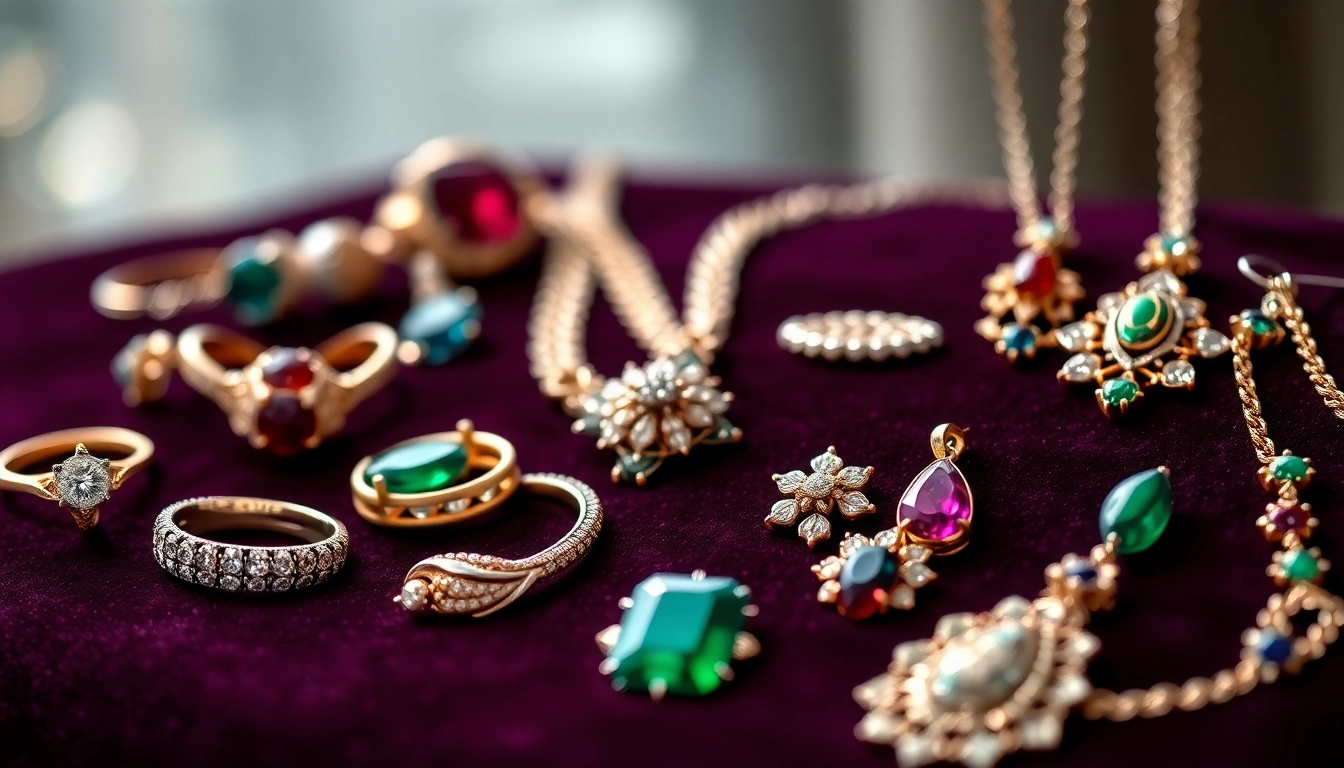

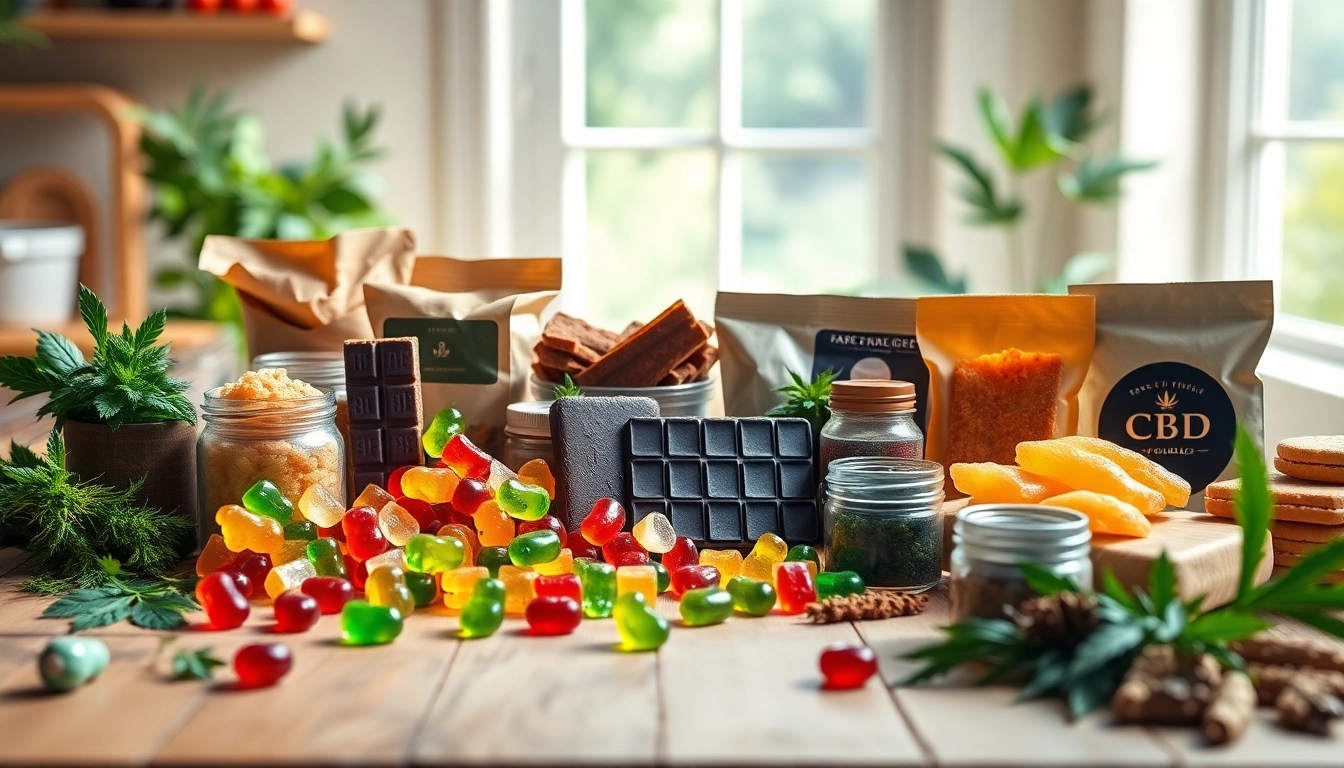
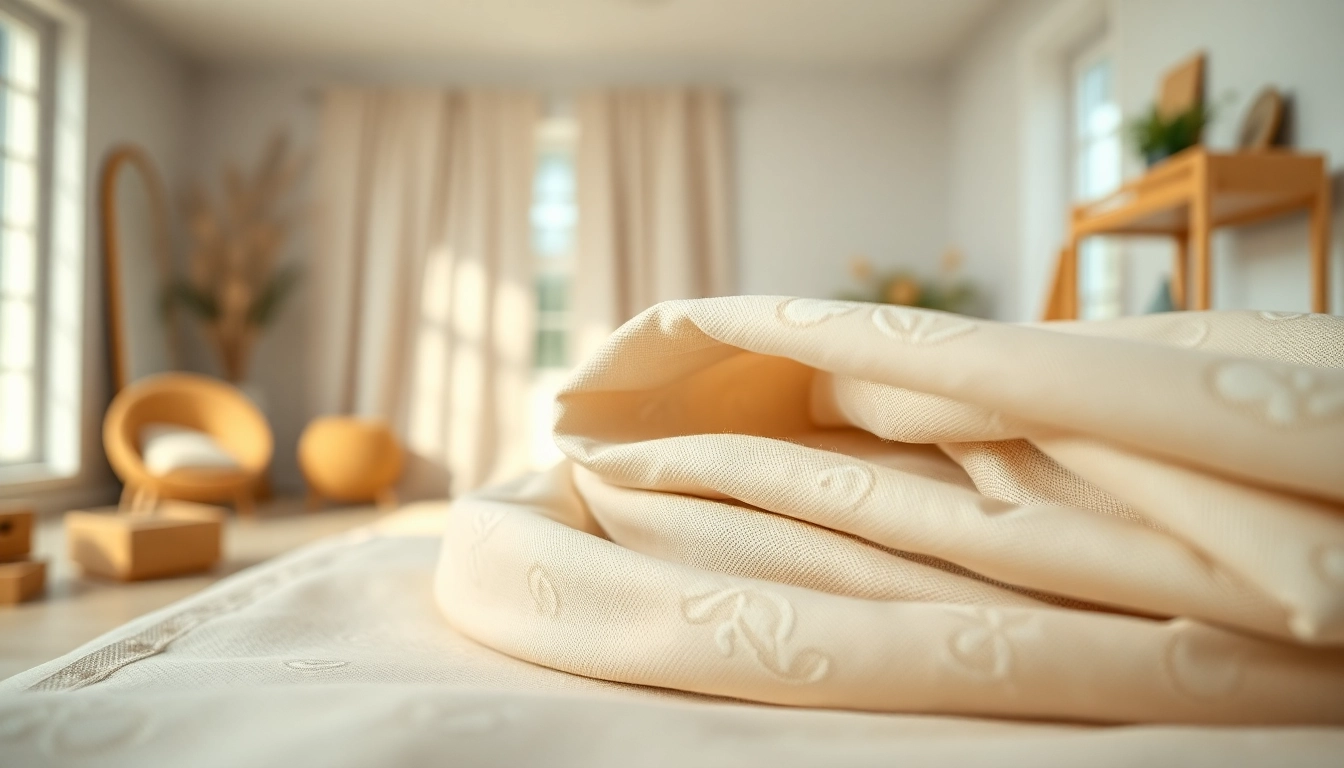
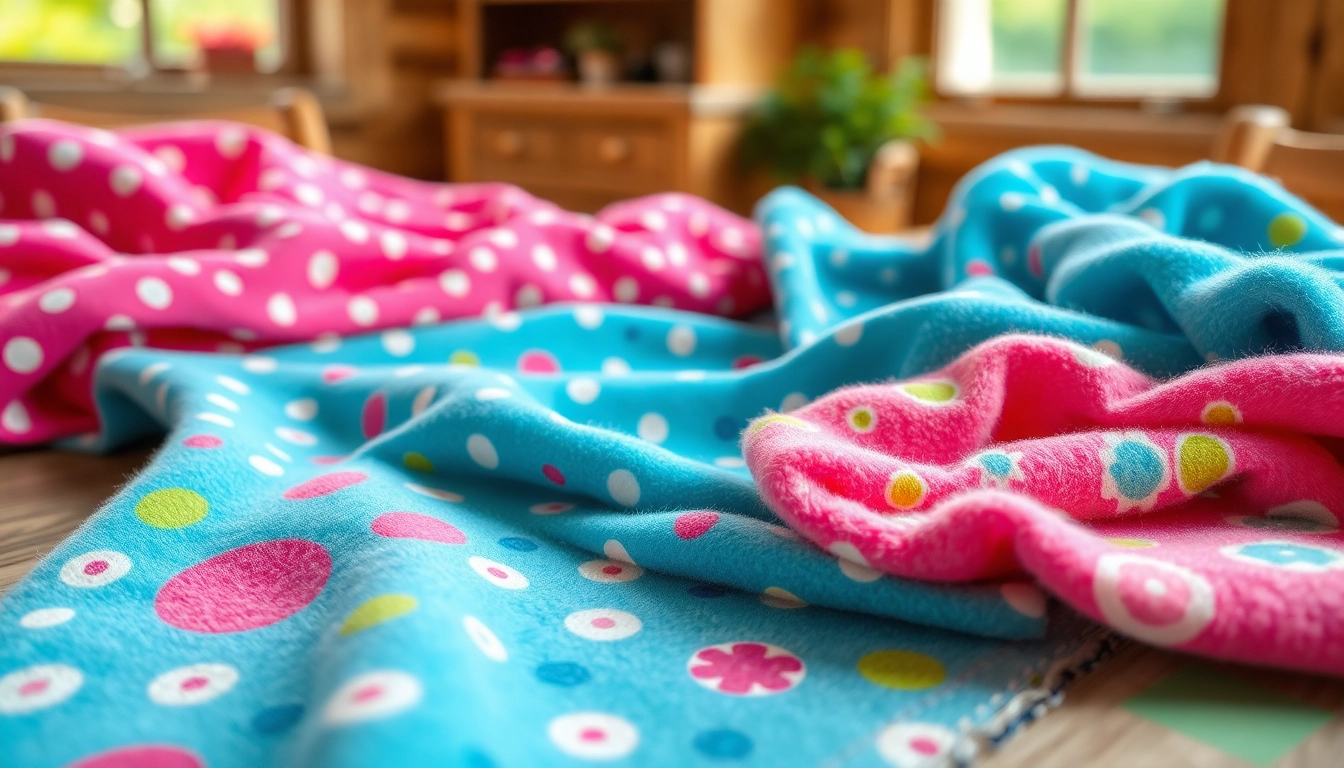
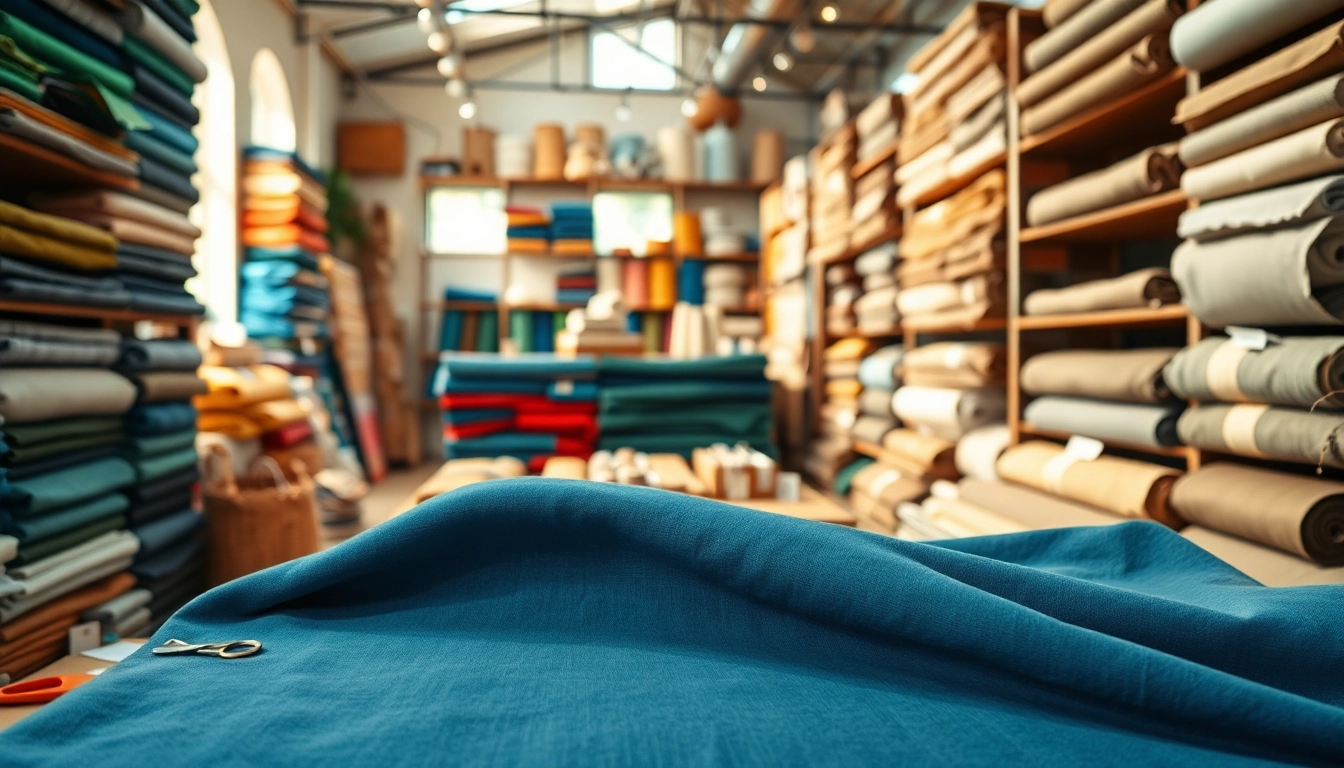
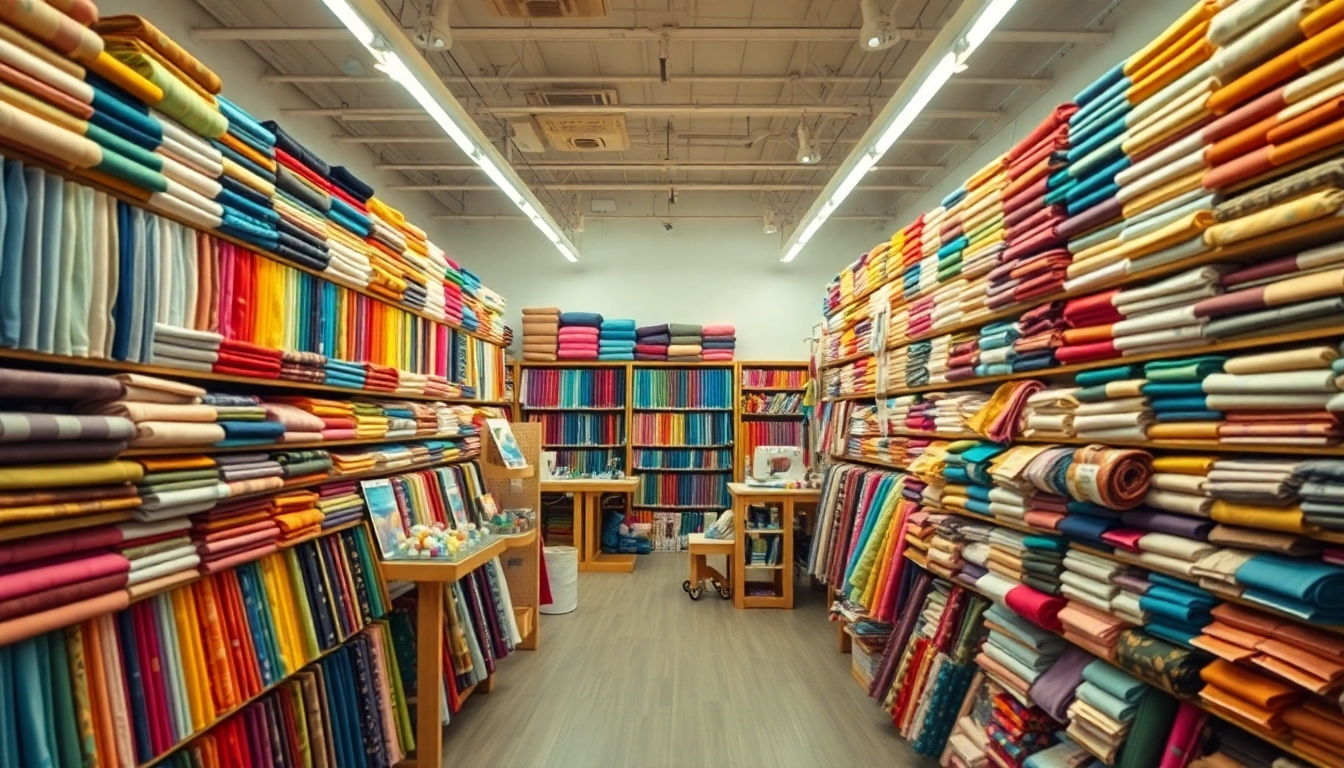
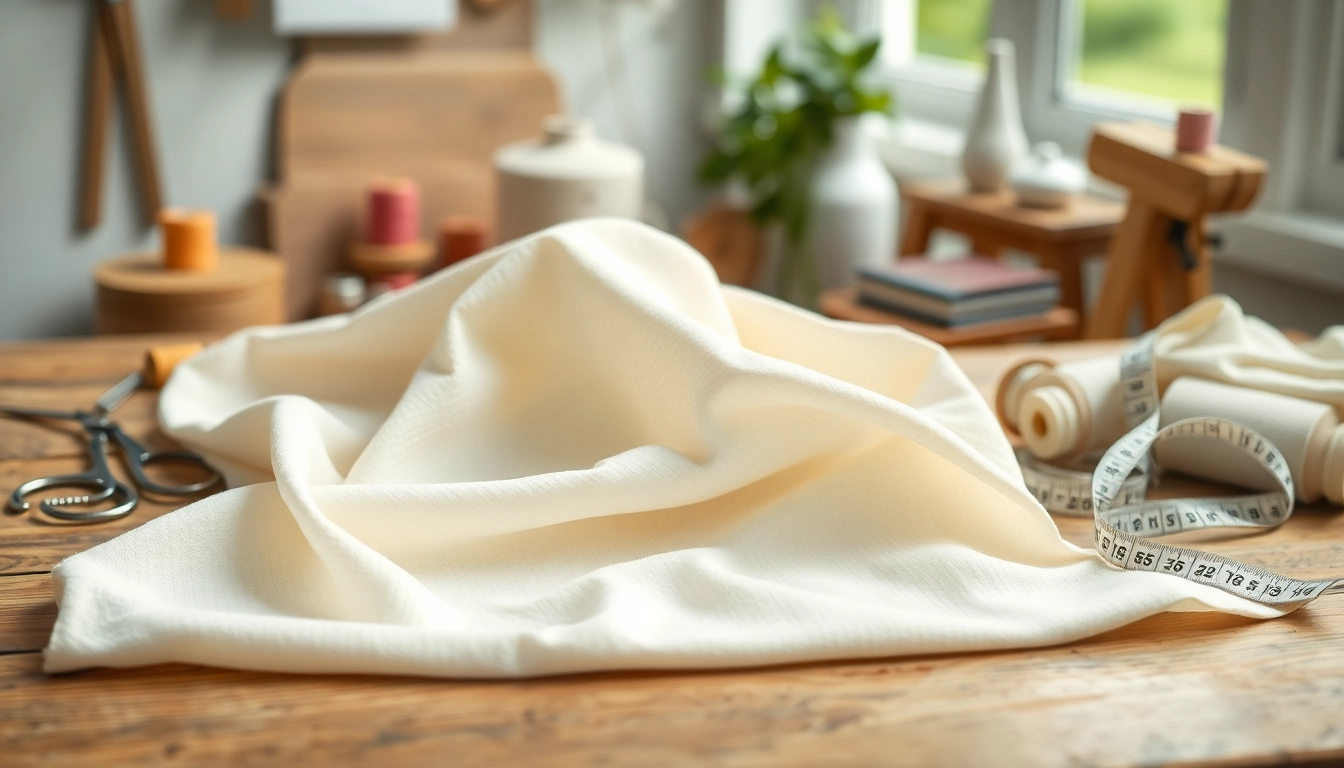
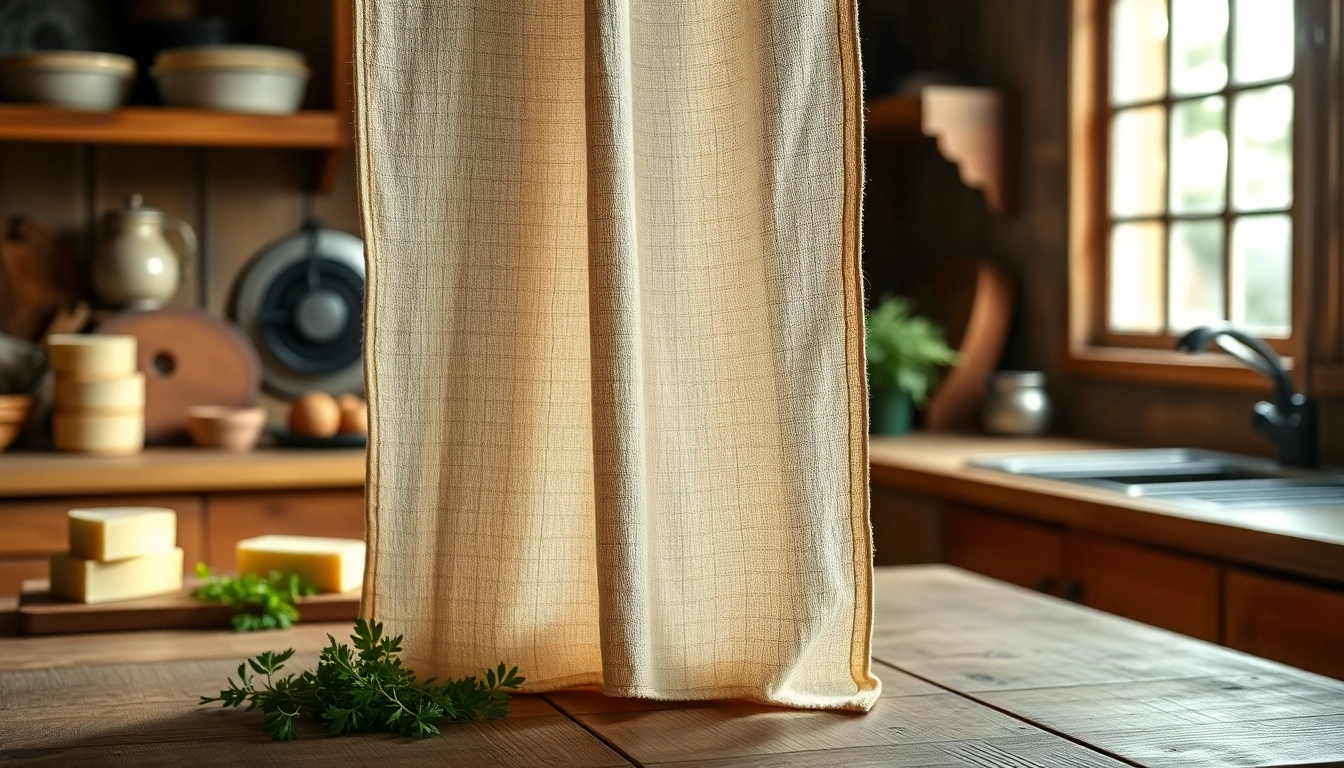

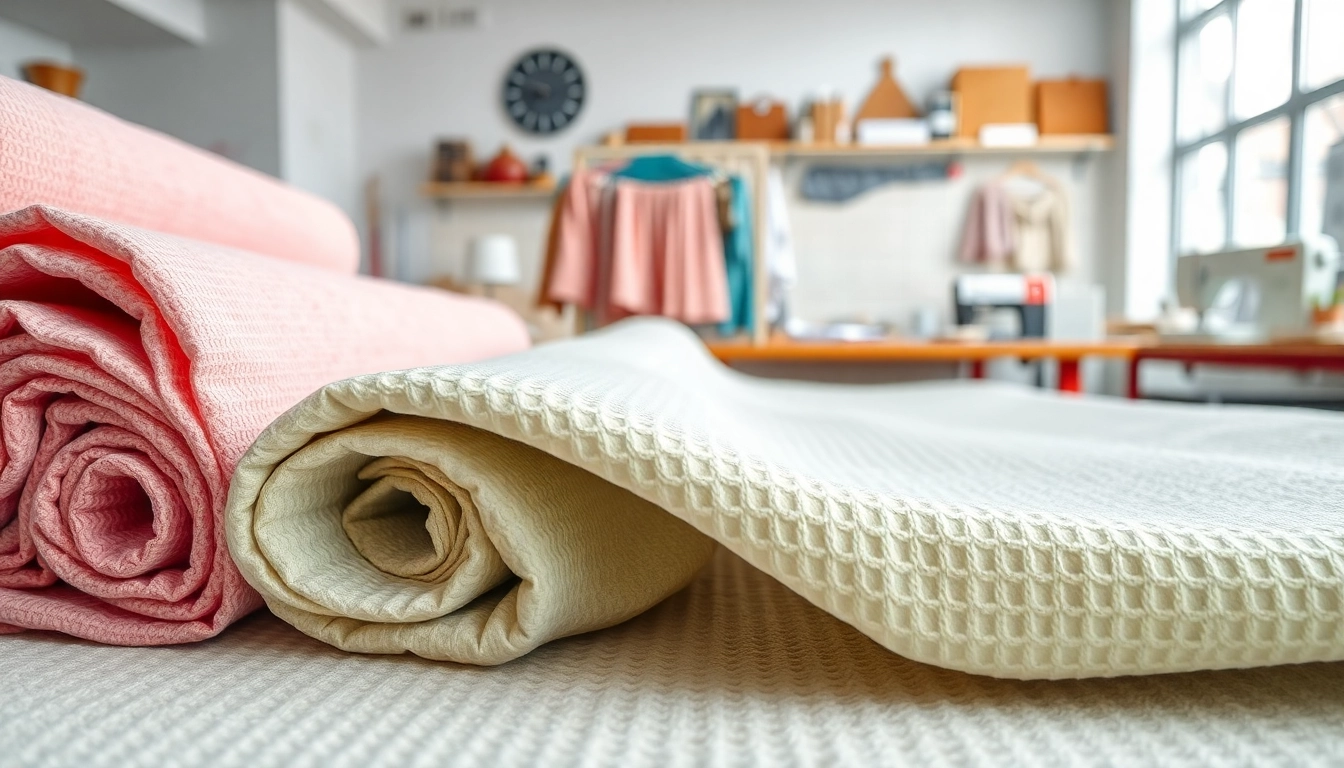




Leave a Reply